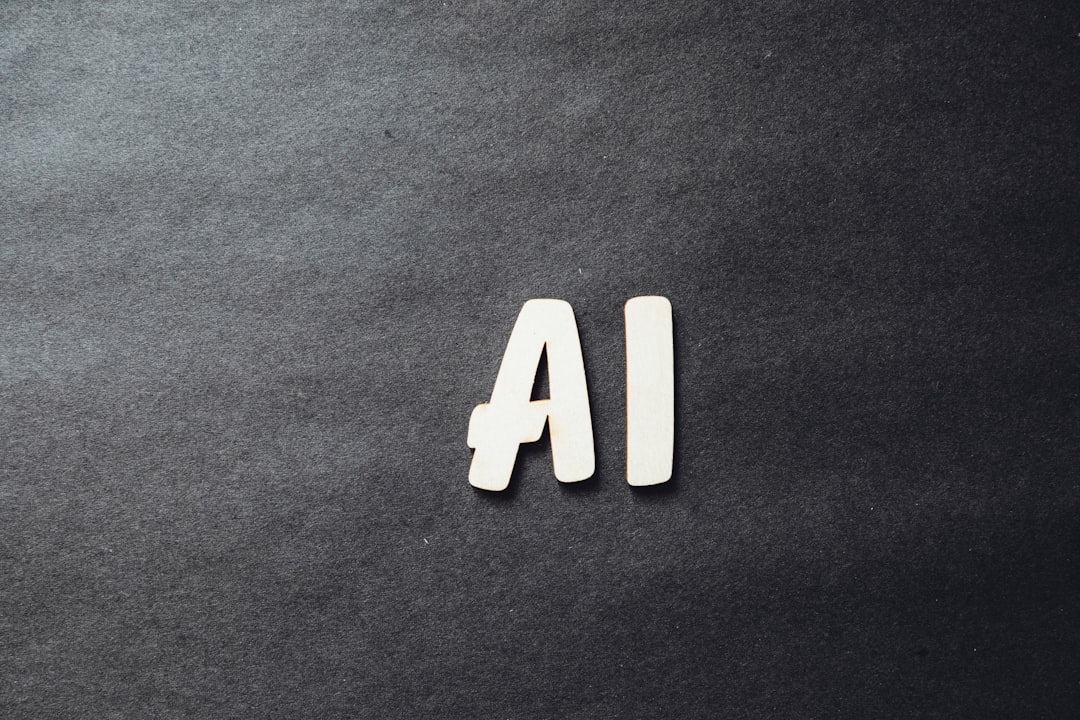Conversational Artificial Intelligence (AI) has captivated the imaginations of technophiles and casual users alike, steadily evolving from a rudimentary digital assistant into a sophisticated dialogue partner. But beyond telling the weather, setting reminders, or generating essays, conversational AI has evolved to embrace something wholly unexpected — *comedy*. And nowhere is this more entertaining than in the emerging niche of Roast AI.
Roast AI refers to a unique and humorous spin on dialogue systems, where AI is trained or prompted to deliver witty, sarcastic, and often brutally honest jabs — much like a professional roast comedian. It flips the traditionally polite, supportive tone of AI assistants into something more *cheeky*, creating a form of interaction that delights users with laughter rather than information alone.
The Rise of Roasting in AI
While the primary aim of AI has long been functionality — helping users complete tasks, answer questions, or automate scheduling — developers and enthusiasts have increasingly found joy in leveraging AI’s linguistic capabilities for humor.
Roast AI emerged from meme culture, online gaming communities, and social media platforms where roasts, quips, and burns have long reigned supreme.
Giving AI a comedic edge is a natural progression. GPT-based systems like ChatGPT and other large language models possess vast linguistic databases that encompass sarcasm, satire, and snark. When paired with the right prompt or training data, these chatbots can rival the wit of a late-night host or veteran insult comic — well, almost.

How Roast AI Works
At its core, Roast AI is still a standard AI chatbot, typically based on a language model. But its responses are either fine-tuned or prompted in real time to respond in a roast-like or comedic tone. Here’s a look at how it typically works:
- Prompt Engineering: Users feed the AI specific instructions or ‘character prompts’ that guide it to adopt a brash, sarcastic, or comedic persona.
- Training on Comedic Material: Some developers train AI models with joke datasets, roast transcripts, or stand-up routines to cultivate a specific comedic tone.
- Context Awareness: The AI analyzes user inputs and identifies personality traits or content cues to target — often lightheartedly — for jokes or mockery.
The result is an uproarious, often edgy AI personality that can tease users with playful disses, roast their selfie captions, or provide a humorous take on their writing. Whether it’s mocking someone’s dating profile or jokingly questioning a dubious fashion choice, Roast AI can bring laughter into AI interaction like never before.
What Makes Roast AI Unique?
Unlike traditional AI personalities focused on being helpful or friendly, Roast AI thrives on irreverence. It’s designed not to answer, “What’s the weather tomorrow?” but to quip, “Still planning to leave the house looking like *that* in the rain?” This element of *unexpected sass* is what gives Roast AI its charm.
Key characteristics that make Roast AI stand out include:
- Whimsical Language Use: It strikes a balance between clever burns and humorous exaggeration.
- Interactive Entertainment: Roast AI makes conversations amusing, less robotic, and more engaging.
- Character-Driven Experiences: Developers can create unique roast personas — like a grumpy old comic, a sarcastic teen, or a flamboyant diva — giving the user a range of comedic voices to choose from.
Though it’s fun, there’s a subtle sophistication at play. Roast AI requires navigating a tightrope between *funny* and *offensive*. The best iterations of these AIs are carefully moderated to ensure they stay witty without crossing boundaries into actual insult.
Use Cases & Popularity
The primary appeal of Roast AI lies in either recreational use or as a form of digital companionship. It’s the perfect digital “ego-check” for those willing to laugh at their quirks. Among its most popular use cases:
- Social Media Roasting: Users feed Roast AI with their bios, posts, or photos and get a hilarious evaluation in return.
- Live-Streaming & Entertainment: Content creators integrate Roast AI into streams where it interacts with viewers or reviews on-screen content with savage flair.
- Team Building Activities: Some companies are now using Roast AI in relaxed settings to spark laughs during virtual team bonding sessions.

Thanks to platforms like TikTok and Twitch, videos of Roast AI mocking users, reviewing dating profiles, or rating selfies have gone viral. These interactions humanize AI, giving it a relatable — albeit slightly rude — personality that captures people’s attention in a way that traditional AI usually doesn’t.
Safety, Sensitivity, and Limits
While Roast AI is rooted in comedy, building a responsible version of it isn’t a joke. One of the major challenges developers face is ensuring that the AI’s roasts don’t become offensive or overly personal. Humor is subjective, and what’s hilarious for one user might hurt another.
To keep the behavior in check, developers often implement the following:
- Profanity Filters: Ensures jokes stay in the PG-to-PG-13 realm and avoid explicit content.
- Sentiment Moderation: Roasts are scanned to assess emotional tone, ensuring it doesn’t verge on cyberbullying.
- User Controls: Options to dial up or tone down the roast level, allowing participants to choose their preferred burn intensity.
It’s crucial to remember that while Roast AI can quip and jest, it should never replace or enable hostile behavior. It works best in cooperative settings where both parties — human and machine — know they’re playing a game of good-natured banter.
The Future of Roast AI
The concept of roast-style AI personalities is still young, but their popularity suggests tremendous potential. Future versions may be hyper-personalized, adapting to your humor tendencies, or even taking on characters based on pop culture references. Imagine a Roast AI that roasts you like Gordon Ramsay in the kitchen or like Chandler Bing in a sitcom episode.
Beyond novelty, these AIs help test boundaries of *natural language understanding*, personalization, and AI-human bonding. While computers may never truly “feel” humor, they’re certainly getting better at faking it — and making us laugh along the way.
So, if your assistant could once only schedule meetings or dim the lights, don’t be too surprised if tomorrow it roasts your poor fashion choices while doing it. That’s the quirky, delightful new face of conversational AI.
FAQ: Roast AI
- Q: What is Roast AI?
A: Roast AI is a conversational artificial intelligence programmed or prompted to respond in a witty, sarcastic, or comedic manner, often mimicking the style of a stand-up roast comedian. - Q: Is Roast AI appropriate for all audiences?
A: Most versions are designed to stay within humorous boundaries, but since humor is subjective, there are usually settings or filters in place to suit different comfort levels. - Q: Can I build my own Roast AI?
A: Yes! Developers and enthusiasts can use tools like OpenAI’s GPT models or similar APIs, combined with custom prompts or datasets to create their own Roast AI experience. - Q: Are there any ethical concerns with Roast AI?
A: Absolutely. Responsible design needs to ensure that roast humor stays light-hearted and doesn’t promote harmful or offensive content. Developers must balance fun with safety. - Q: What platforms are using Roast AI today?
A: Roast AI personas appear in chat interfaces, social media bots, live-stream overlays, and even mobile apps designed for comedic interactions or creative content.
